Lengthen, Expand, Relax: 6 Ways to Use Blocks in Your Yoga Practice
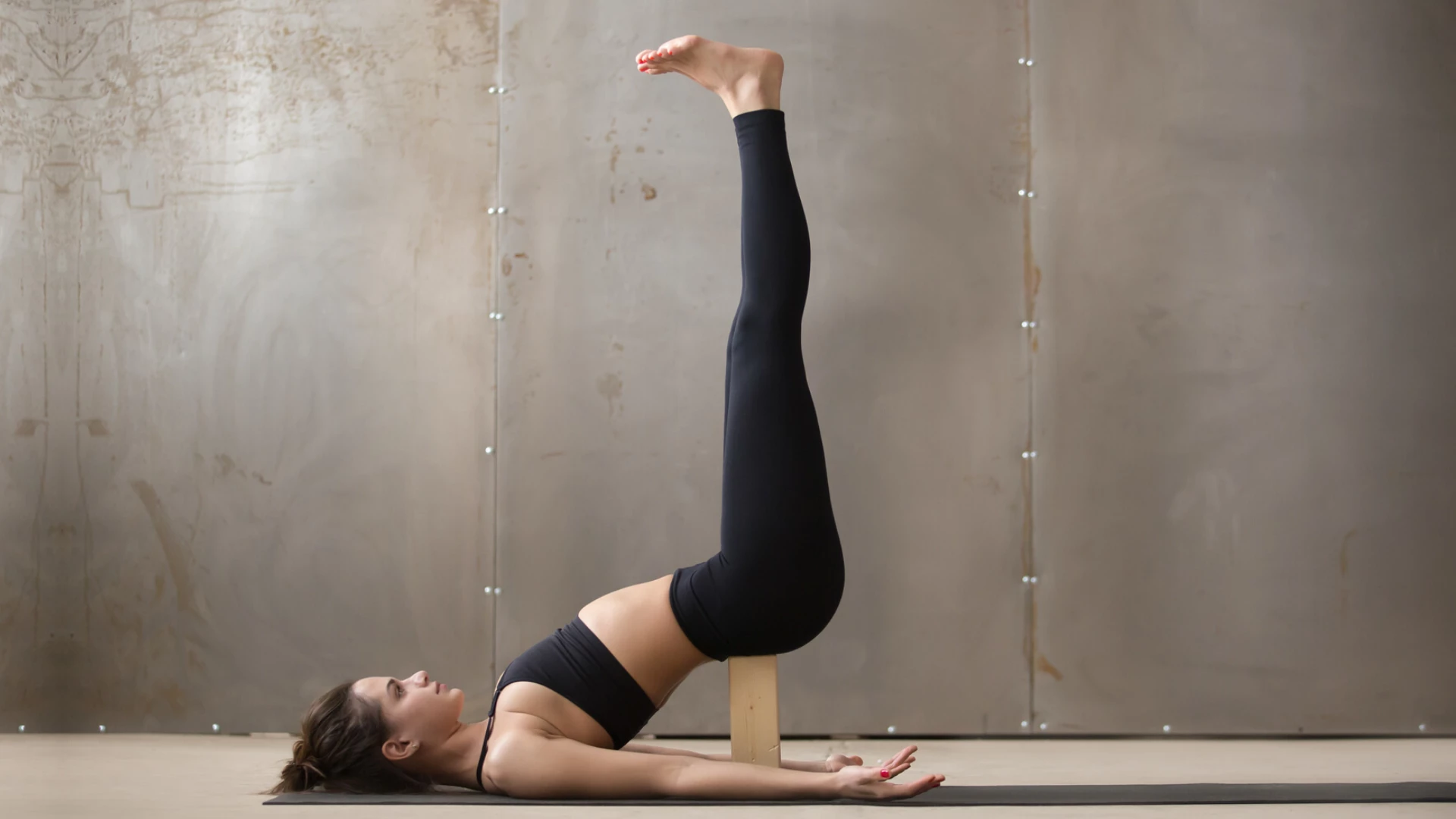
If you’re new to yoga, you may be curious about the blocks you see on the prop shelves at your local studio. What are they, and why would you want to use them? A yoga block is shaped like a brick and made of foam, cork, or wood. Blocks come in several sizes, but the average block runs about 9 x 4 x 6 inches.
Many beginners shy away from using blocks in yoga because they’re either unsure how to use them or think that doing a pose with a block is the “easy” version of the pose, not the “real” pose.
Nothing could be further from the truth. Suppose you think of each pose not as a goal to be attained but rather as an opportunity to awaken awareness and experience your body, mind, and soul in progressively more profound ways. In that case, blocks are helpful tools that facilitate that process.
Blocks enhance your experience of asana (posture practice) in many ways. They can:
- Make a pose more accessible.
- Allow for a different perspective in a pose.
- Enable a soft, gentle, supported opening in restorative poses.
Here are six ways to use blocks in your yoga practice:
1. Support Tighter Hips in Seated Poses
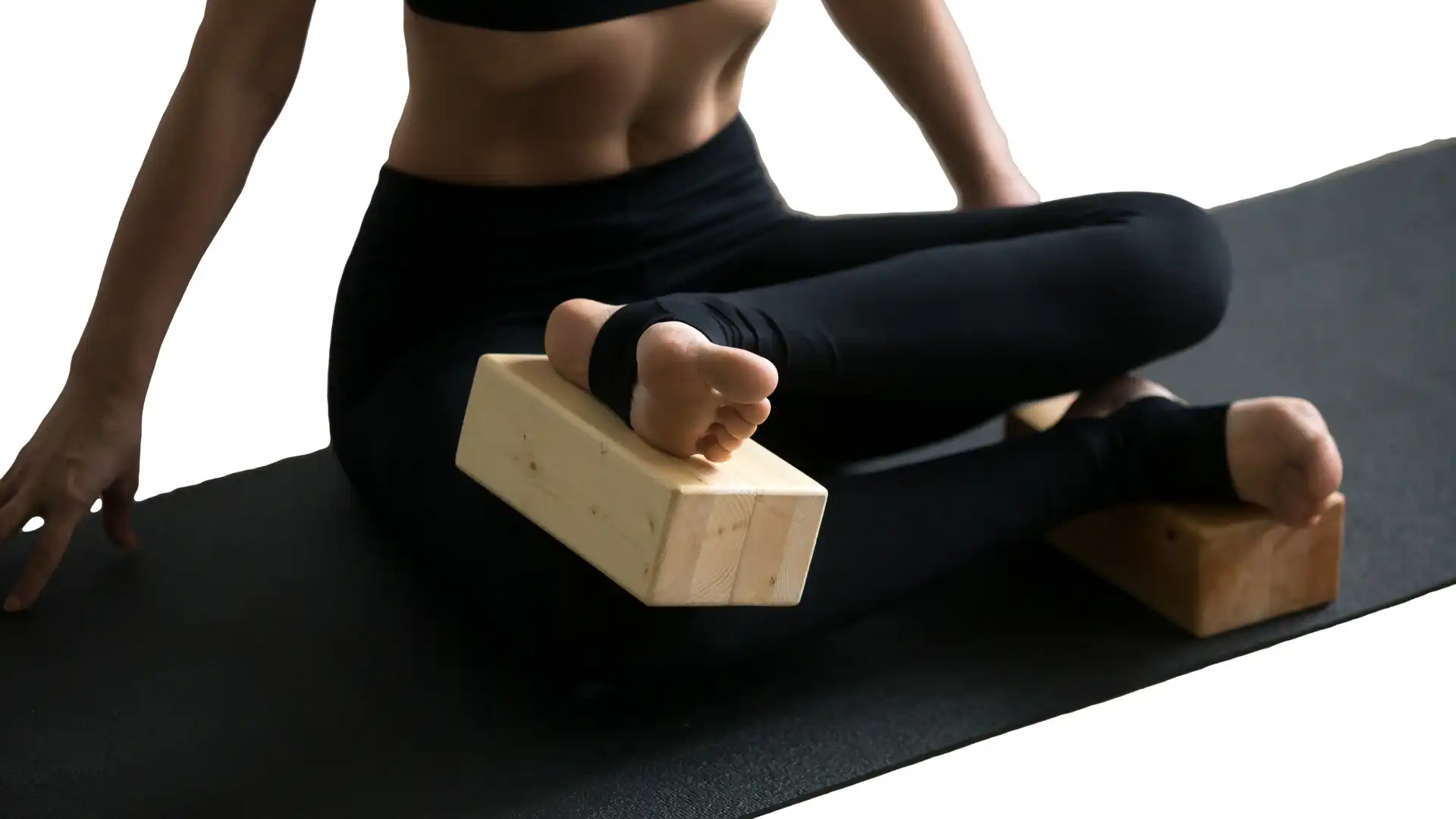
If your hips aren’t already flexible, sitting on the floor in some seated poses, such as Sukhasana (Easy Pose), can be uncomfortable. Placing one block underneath your outer thighs gives your legs something to rest on. Your hips no longer have to grip to hold the thighs in place, which releases tension in these joints and also relieves strain in your back.
With your hips and back happy, you’ll be better able to experience the ease that the pose’s name implies.
2. Give Space to Uncomfortable Knees in Kneeling Poses
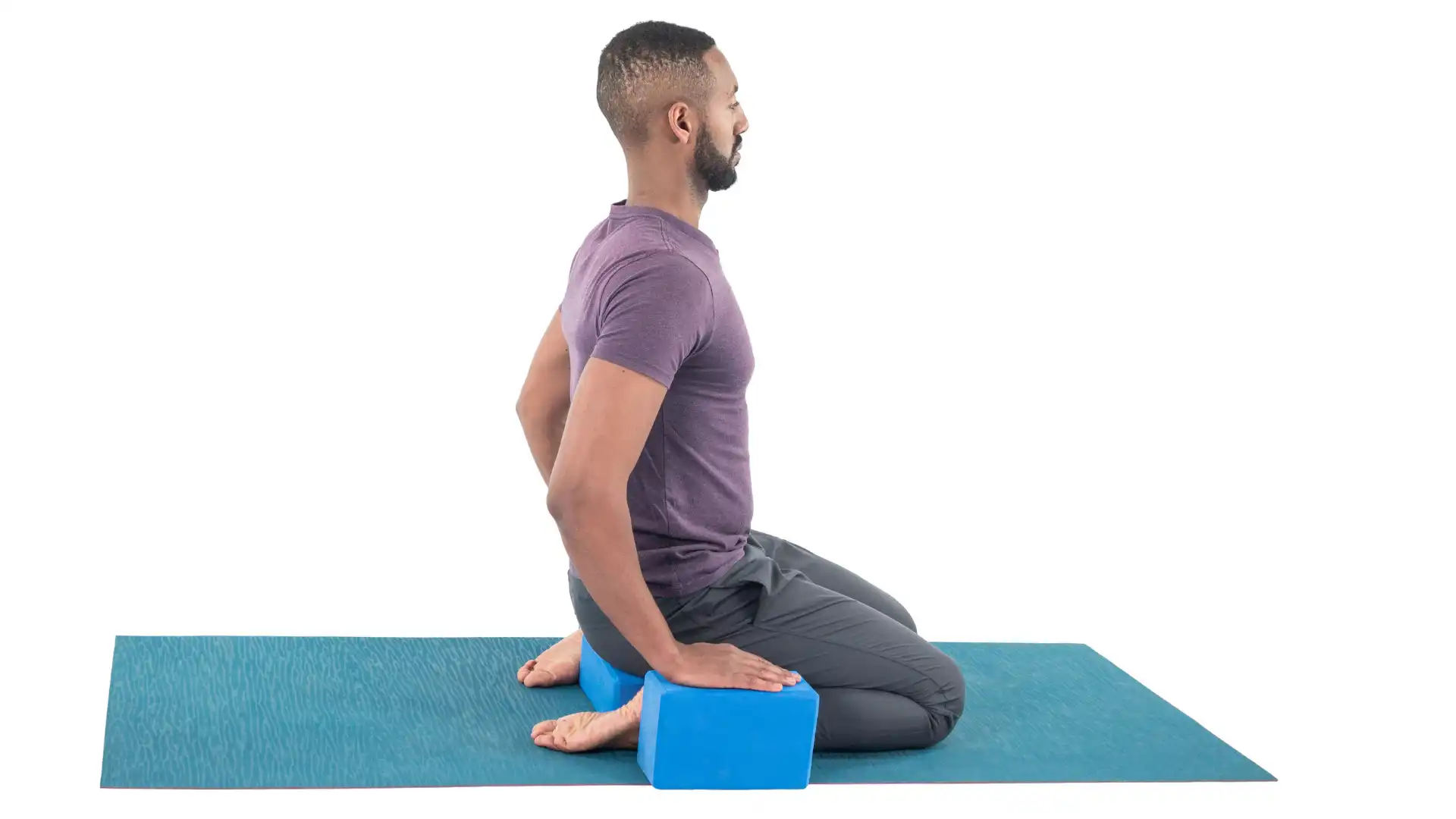
To kneel on the ground, your knees must bend. In anatomical terms, this is called knee flexion. Some knees don’t feel too happy about the flexion required to kneel in a pose like Virasana (Hero’s Pose).
By placing one or two blocks on the ground between your heels so that you can sit higher up, on the blocks, the flexion required is reduced. This eases the strain on your knee joints and makes kneeling positions more accessible for those of us with achy knees.
3. Gradually Find Your Balance in Standing Balance Poses with Yoga Blocks
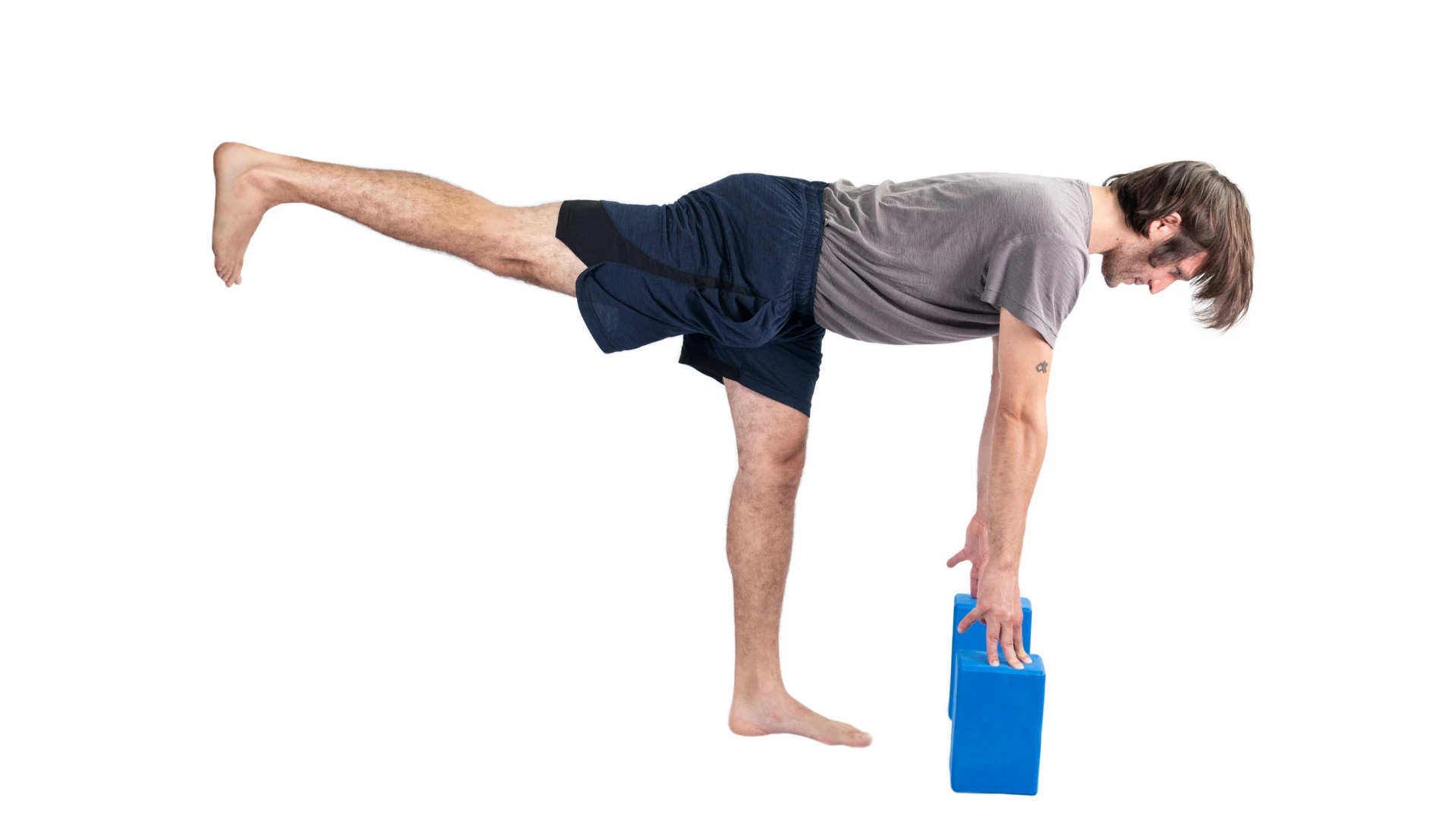
Balancing on one leg can be tricky. Sometimes, it helps to have a little more support at first, then gradually work your way toward balancing with less assistance.
For example, you could use blocks when practicing Virabhadrasana III (Warrior III Pose). With your arms reaching toward the ground and wrists directly below the shoulders, place a block underneath each hand. You’ll develop strength, steadiness, and confidence as you practice this way for a while.
You might feel ready to take one hand away from the block in time. Eventually, you’ll be able to take both hands off the blocks and balance with the alignment and strength you’ve cultivated with the support of the props.
4. Bring the Floor Up to Meet You In Standing Poses
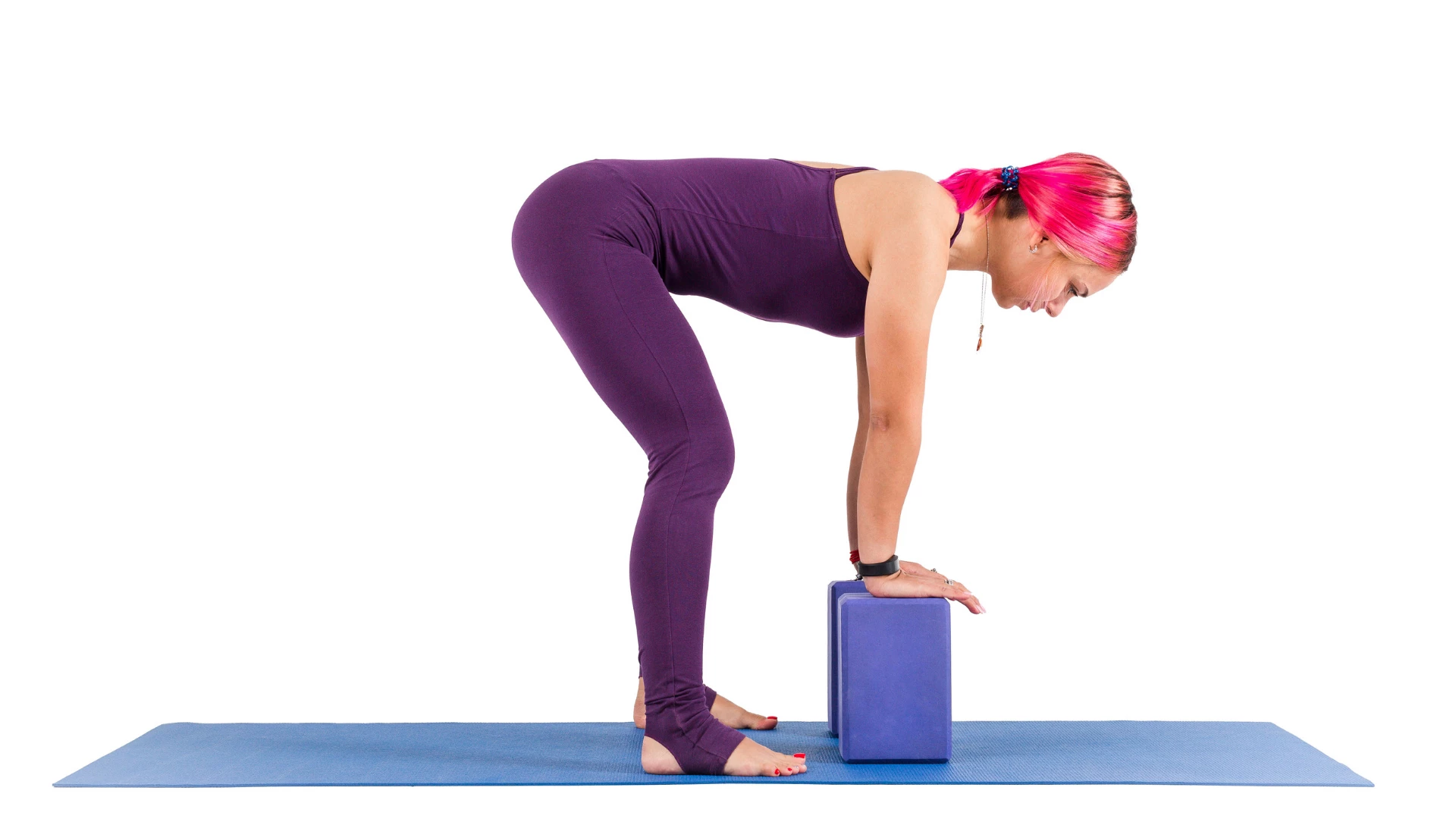
Some standing poses involve bending forward and touching the floor, such as Uttanasana (Standing Forward Bend) and Parsvottanasana (Intense Side Stretch Pose). This may feel impossible, depending on the flexibility of your spine and hamstrings. You might find yourself hunching your back, bending your knees, or torquing your spine. Why not bring the floor up to meet you instead?
Blocks essentially do this. As in Virabhadrasana III, you can place blocks under your hands to make it easier to practice these poses with a straight spine. Remember that the blocks have low, medium, and high heights. When using the blocks for this purpose, take the time to experiment and figure out the height of the block that makes sense for your body—the height that allows you to maintain your alignment without unnecessary strain.
5. Shift Your Perspective in a Pose with Yoga Blocks
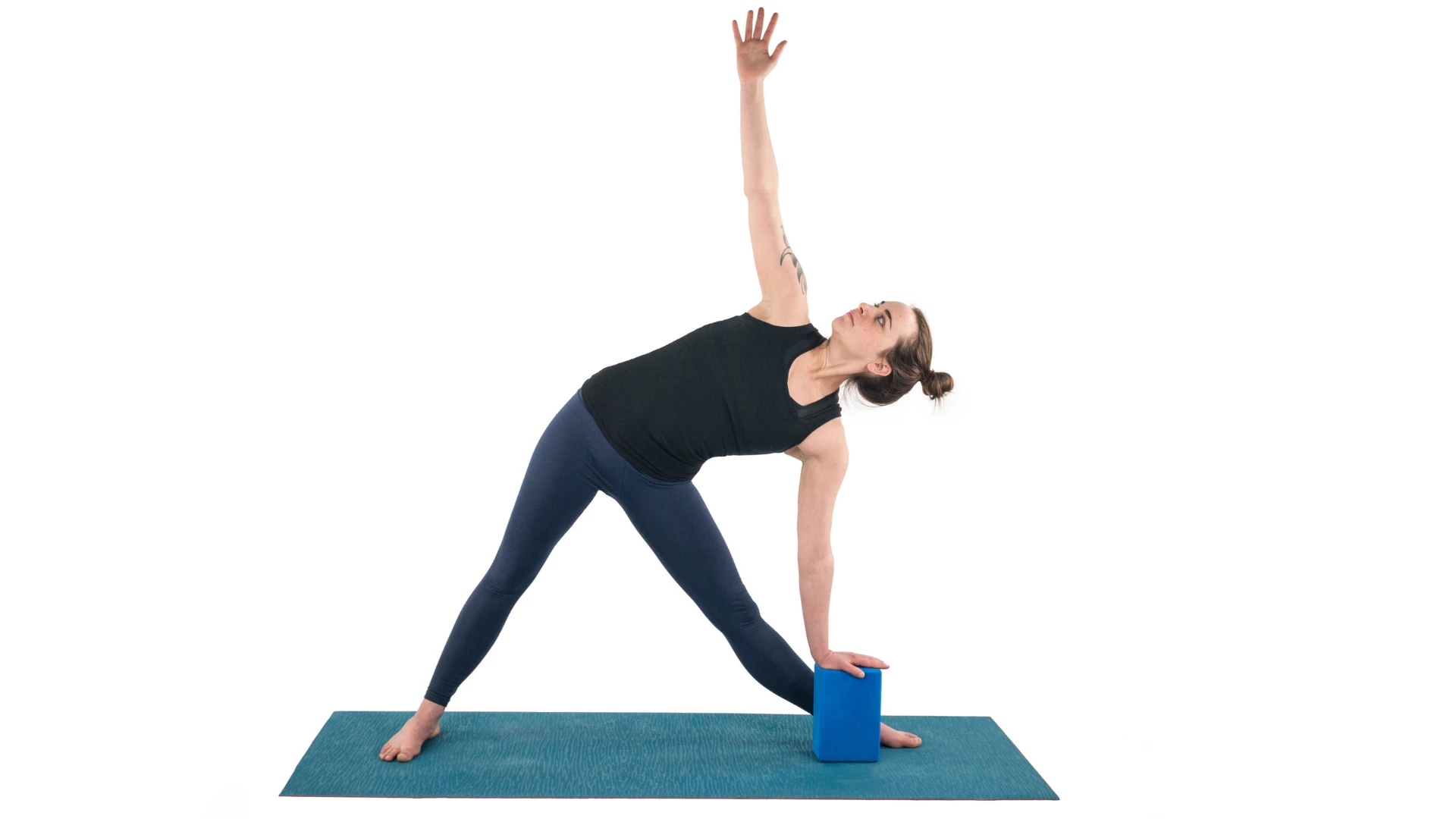
Sometimes, blocks make a pose more accessible. At other times, they enable you to shift your perspective in a pose and feel something you haven’t felt before.
Perhaps you’re one of those who can easily bring their fingertips to the ground in Trikonasana (Triangle Pose). However, that doesn’t mean you must do it that way every time. Getting your hand to the ground is not necessarily the goal, the “perfect” way to do the pose or the “full version” of the pose. It’s really just one version of the pose.
By placing a block underneath your bottom hand, your perspective in the pose changes. Your alignment is slightly different. Maybe you feel something opening, lengthening, or engaging in a way you never felt before. It can be interesting to play with using blocks in yoga to experience a pose in a new way and to see how your body, mind, and spirit respond to this new set of circumstances.
6. Create a Gentle Opening in Restorative Poses
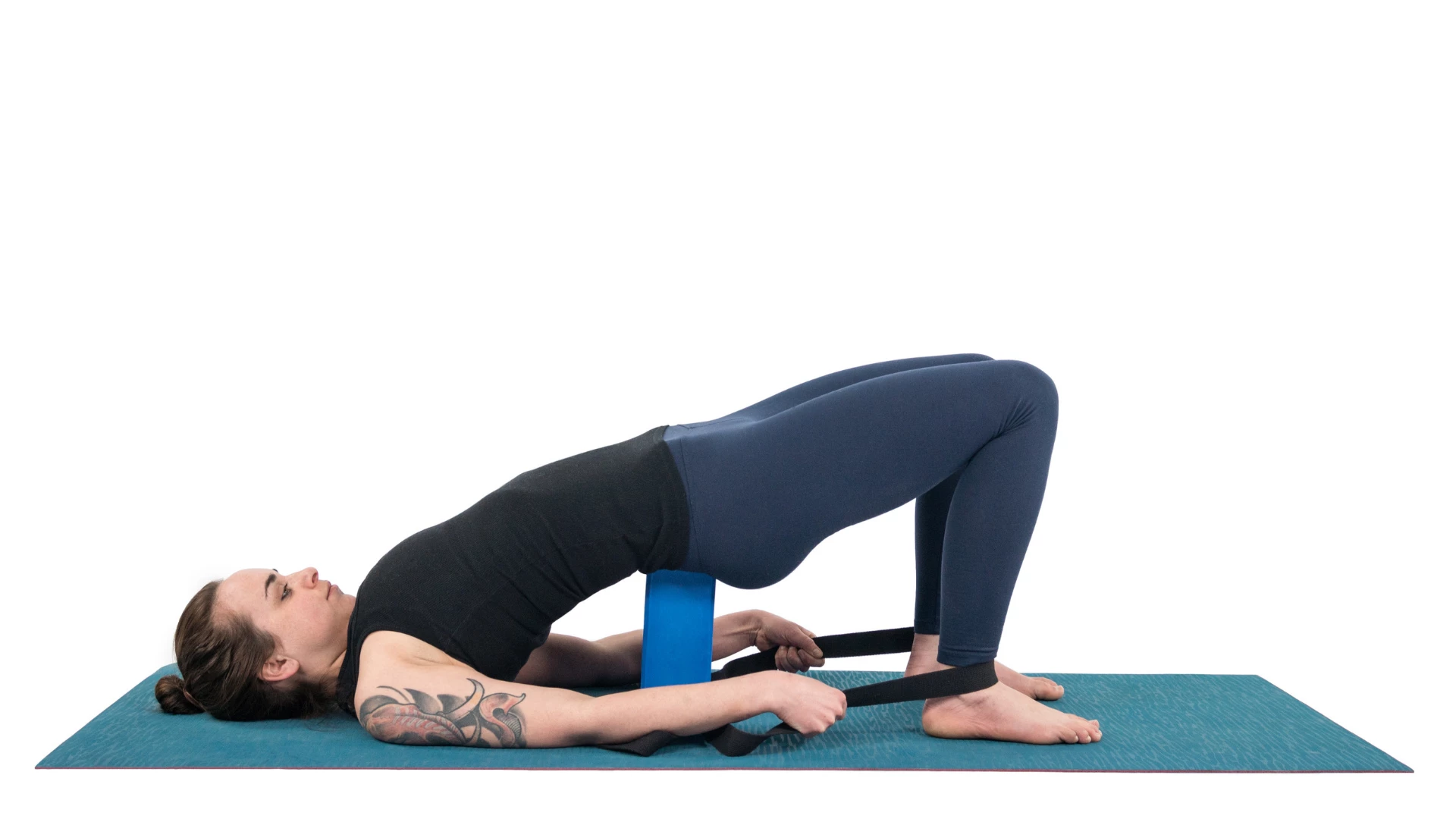
Restorative poses are intended to create conditions in which your body and mind can completely relax and restore. In these poses, a block can serve as a resting place for various parts of your body so your body can let go and remain in the pose with a minimum of effort.
Let’s look at Setu Bandha Sarvangasana (Bridge Pose). When you enter Bridge Pose without any props, your muscles must work to hold your body in place. You engage your glutes, hamstrings, rectus abdominus, erector spinae, and adductors.
In Salamba Setu Bandha Sarvangasana (Supported Bridge Pose), your hips are raised, but the back of your pelvis rests on a block. Using a block to hold your body in place allows you to surrender all of your efforts. Your body can gradually let go into the support of the block and the ground, creating a restorative atmosphere and allowing for deep rest and rejuvenation.

Christine Malossi began practicing yoga in 1999. Based in New York City, she offers an alignment-focused, slow Vinyasa practice that cultivates awareness and equanimity. She is enrolled in an 800-hour course on the History, Literature, and Philosophy of Yoga (taught by Brenda Feuerstein and designed by the late Georg Feuerstein). Christine is a Registered Yoga Teacher with Yoga Alliance and has additional certifications in Therapeutic Yoga, Restorative Yoga, Accessible Yoga, and Functional Anatomy for Movement and Injuries. She attended the University of Pennsylvania and NYU and studied classical ballet for many years. Find her at christinemalossi.com.



